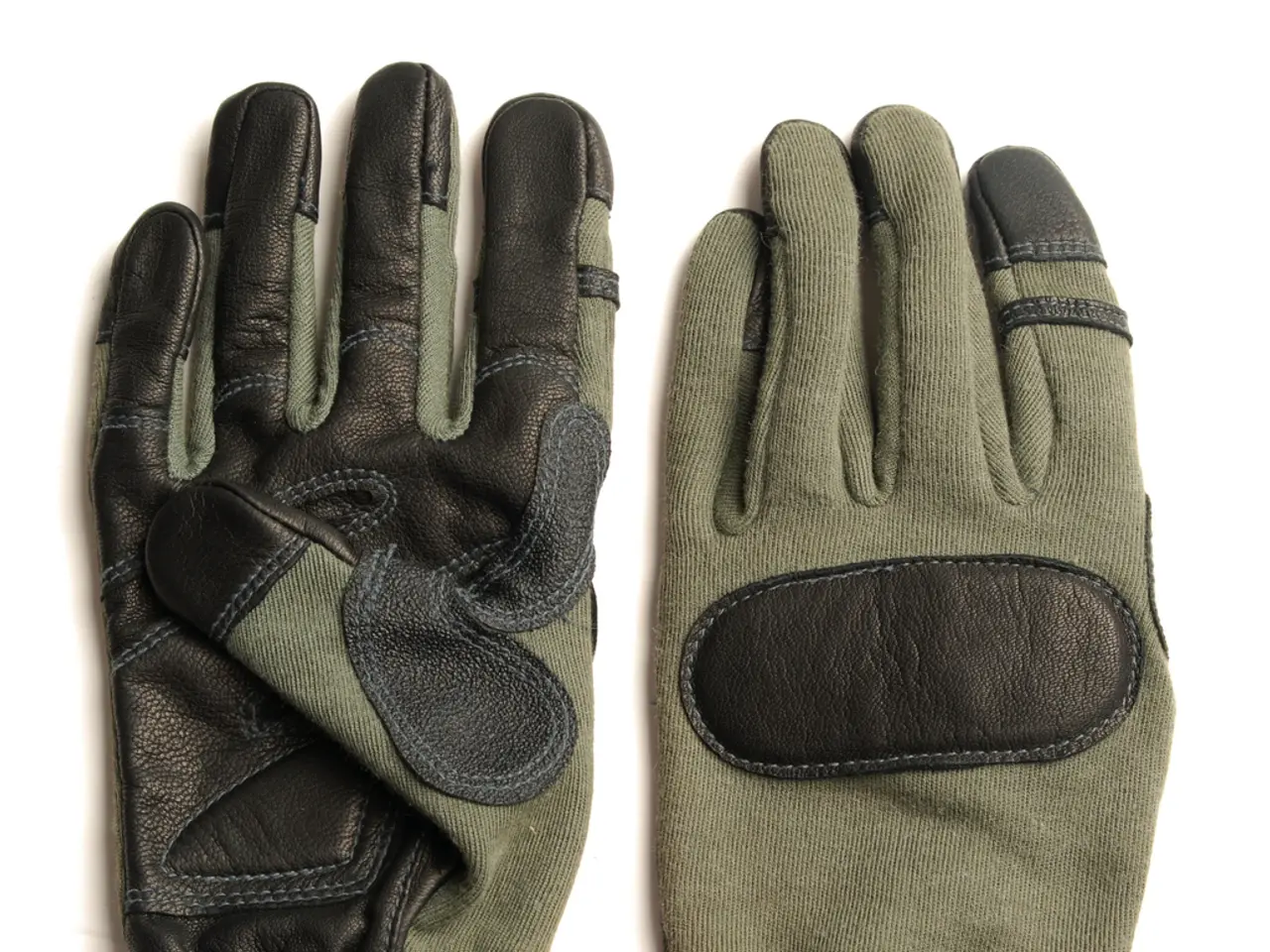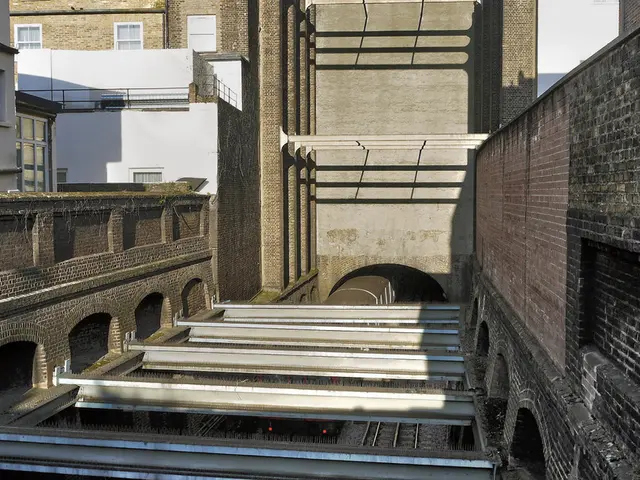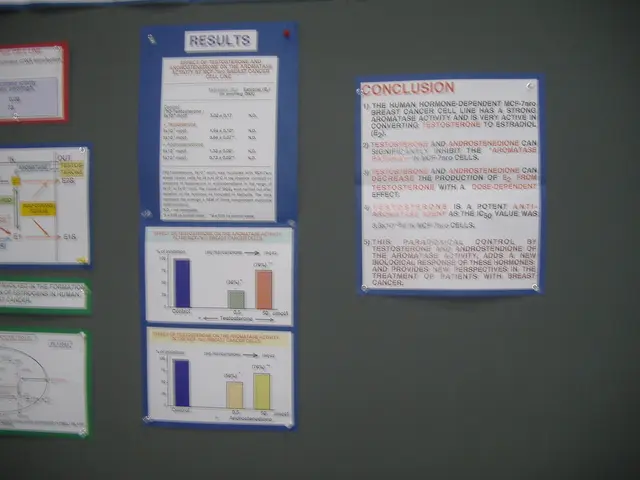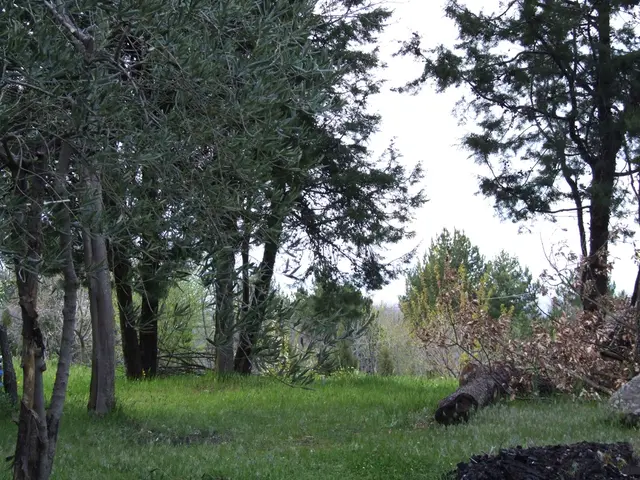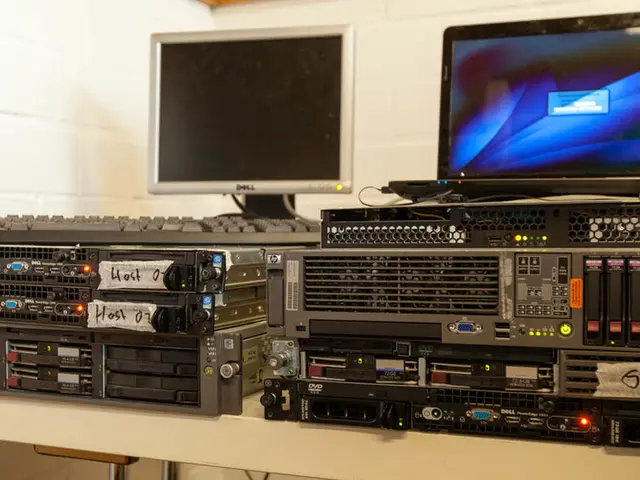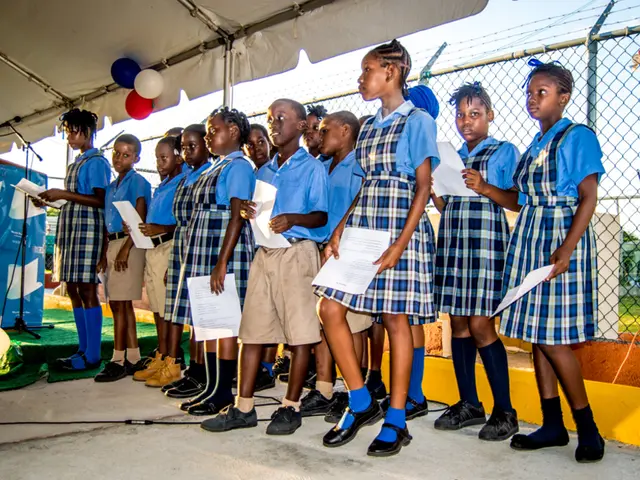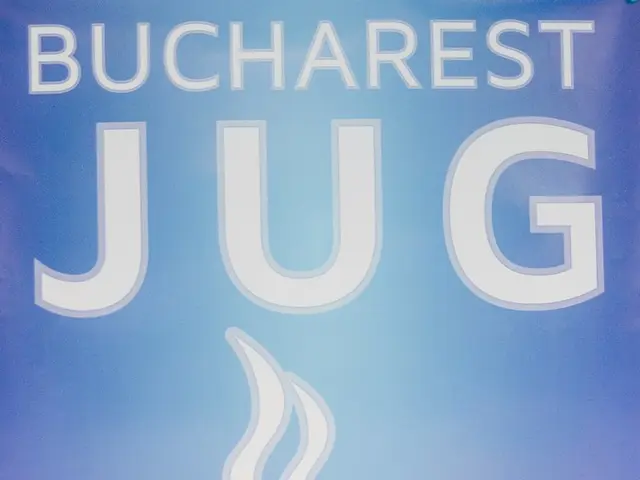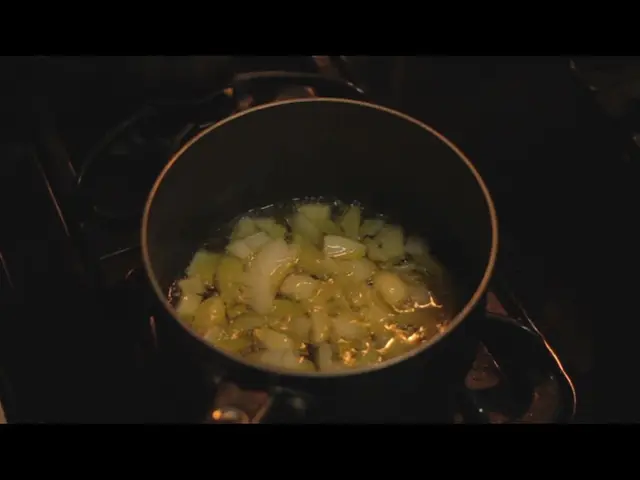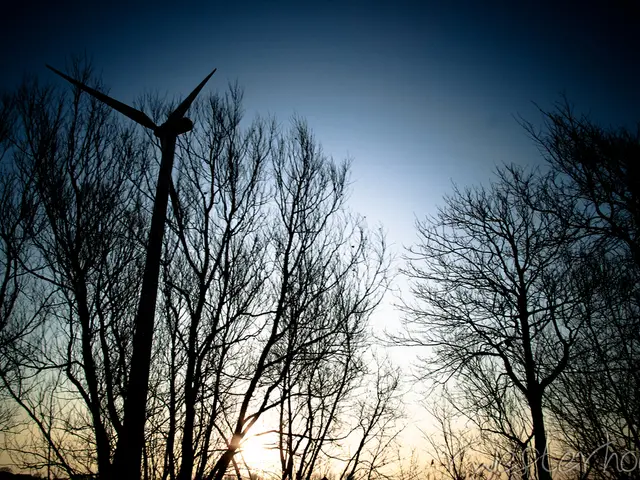Indonesian and Vietnamese glove manufacturers pose a growing challenge to their counterparts in Malaysia.
Malaysia's two largest glove manufacturers, Top Glove Corp Bhd and Hartalega Holdings Bhd, are facing increased competition as Chinese glove companies set up new production facilities in Asean countries.
According to a report by RHB Research, these new facilities, set to begin operations in October 2025, could produce up to 10 billion pieces of gloves annually. This expansion is expected to intensify competition outside the US, particularly due to aggressive pricing by Chinese manufacturers.
The Malaysian market has already seen the impact of this competition. Hartalega closed 2 sen or 1.6% lower at RM1.20, while Top Glove shares fell 1.5 sen or 2.5% to 58 sen. RHB Research maintains "sell" calls for both companies.
RHB Research also cut Hartalega's target price by 5% to RM1.08 from RM1.14 previously, and slashed Top Glove's target price by 17% to 54 sen from 65 sen. The new target prices are premised on persistent challenges in cost pass-through, rising operating costs, and the weakening of the US dollar against the ringgit.
The strategy behind this expansion is known as "China plus one", aiming to mitigate risks associated with relying solely on manufacturing in China. Chinese manufacturers are seeking to avoid high US tariffs, lower production costs, and diversify their supply chains.
Malaysia's glove exports, however, have shown some resilience. According to RHB Research, they rebounded 64% month-on-month in July after four consecutive months of decline, and also rose 6% year-on-year. The US, which accounts for 45% of Malaysia's glove exports (down from 75% in June), is still a significant market.
Large buyers typically require about four months of post-visit validation before placing major orders. Factory visits for these new facilities have likely already commenced. RHB expects average selling prices for generic gloves produced at these new plants to be US$1-2 cheaper than the current prices offered by Malaysian manufacturers.
Chinese glove manufacturers such as Top Glove and Comfort Gloves plan new production sites in Indonesia and Vietnam in 2025. These new facilities account for approximately 6% of the combined capacity of the top five Malaysian glovemakers.
With Chinese manufacturers continuing to undercut regional peers in pricing, the future of Malaysia's glove industry remains uncertain. The market capitalization of Top Glove is RM4.85 billion and Hartalega's is RM4.11 billion. As the industry evolves, it will be interesting to see how these companies adapt and compete in this changing landscape.
Read also:
- Catastrophe at a U.S. Steel facility in Pennsylvania results in the loss of two lives. crucial details unveiled
- Fructose Market Set to Top USD 8.1 Billion by 2034
- Powered by BMW, the Morgan Supersport Hails as a 335HP Ode to Britain's Motor Tradition
- Scout Motors Confident about Steady Electric Vehicle Sales during 2027 Launch on WardsAuto Podcast
